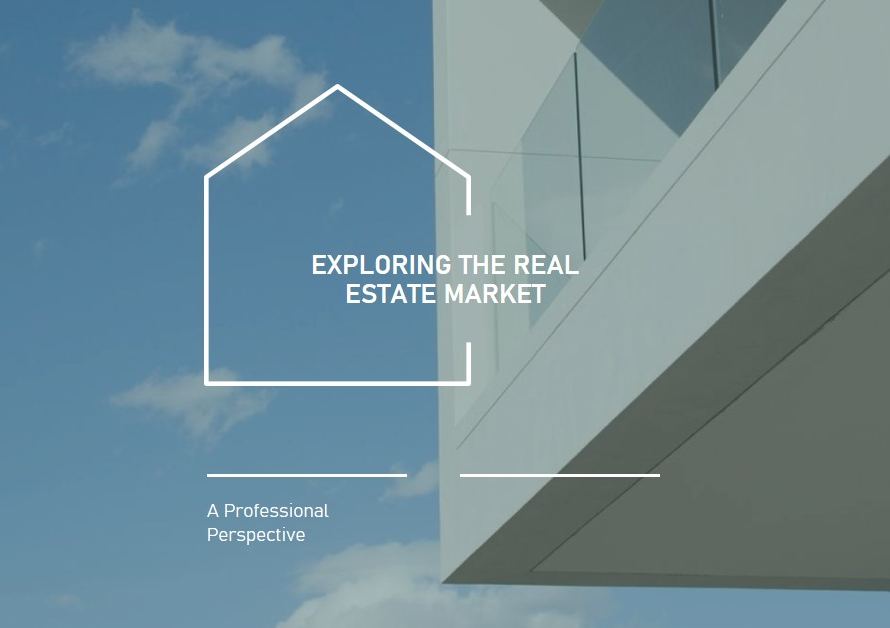
Table of Contents
Introduction to Urban Spaces:
Urban spaces are the beating heart of modern civilization, yet many suffer from neglect, decay, and disuse. However, amidst the concrete and steel, lies vast potential for revitalization and regeneration. This blog post explores innovative strategies for breathing new life into urban areas, transforming them into vibrant, dynamic spaces that enhance the quality of life for residents and visitors alike.
Understanding Urban Decay:
Before delving into solutions, it’s crucial to understand the root causes of urban decay. Neglect, economic decline, outdated infrastructure, and shifting demographics all contribute to the degradation of urban spaces. Abandoned buildings, vacant lots, and neglected public spaces are all symptoms of this malaise, creating blight and diminishing the overall appeal of the area.
Community Engagement:
One of the most effective strategies for revitalizing urban spaces is through community engagement. By involving residents, businesses, and local stakeholders in the planning and decision-making process, cities can ensure that regeneration efforts align with the needs and desires of the people who live and work in the area. Community workshops, town hall meetings, and online forums provide platforms for residents to voice their opinions, share ideas, and collaborate with urban planners and developers.
Adaptive Reuse:
Adaptive reuse is a sustainable approach to urban regeneration that repurposes existing buildings and infrastructure for new uses. Rather than demolishing historic or abandoned structures, adaptive reuse seeks to breathe new life into them by transforming them into residential lofts, office spaces, cultural venues, or mixed-use developments. Not only does this preserve the character and heritage of the neighborhood, but it also reduces waste and conserves resources by recycling existing materials.
Green Spaces and Public Parks:
In the concrete jungle of urban environments, green spaces and public parks are invaluable assets that provide much-needed respite from the hustle and bustle of city life. Investing in the creation and maintenance of parks, gardens, and green corridors not only enhances the aesthetic appeal of the area but also promotes physical and mental well-being. Access to nature has been shown to reduce stress, improve mood, and foster a sense of community among residents.


Mixed-Use Development:
Mixed-use development is a strategy that integrates a diverse range of land uses, including residential, commercial, retail, and recreational, within a single neighborhood or district. By creating a vibrant mix of uses, mixed-use developments encourage pedestrian activity, support local businesses, and create a sense of place and identity. Walkable streets, sidewalk cafes, and active ground-floor retail spaces contribute to the vitality and vibrancy of the urban environment.
Public Transportation and Mobility:
Efficient public transportation and mobility options are essential for the success of urban regeneration efforts. Investing in public transit infrastructure, such as buses, trams, and light rail, reduces dependence on private cars, alleviates traffic congestion, and improves air quality. Additionally, pedestrian-friendly streets, bike lanes, and shared mobility services promote active transportation and reduce carbon emissions, contributing to a more sustainable and livable city.
Art and Culture:
Art and culture play a vital role in revitalizing urban spaces, transforming them into dynamic hubs of creativity and expression. Public art installations, street murals, and cultural festivals bring color and vibrancy to the streets, fostering a sense of identity and pride among residents. By supporting local artists and cultural organizations, cities can create unique cultural experiences that attract visitors and contribute to the economic vitality of the area.
Inclusive Design and Accessibility:
Inclusive design and accessibility are essential principles that ensure urban spaces are welcoming and accessible to people of all ages, abilities, and backgrounds. Designing streets, sidewalks, and public buildings with accessibility in mind improves mobility and enhances the quality of life for everyone. From curb cuts and wheelchair ramps to braille signage and tactile paving, small design interventions can have a big impact on the inclusivity and usability of urban spaces.
Economic Development and Job Creation:
Urban regeneration efforts should prioritize economic development and job creation to ensure long-term sustainability and prosperity. By attracting investment, supporting local businesses, and creating employment opportunities, cities can stimulate economic growth and improve the livelihoods of residents. Strategic partnerships with businesses, universities, and nonprofit organizations can leverage resources and expertise to drive innovation and entrepreneurship in key sectors.
Conclusion:
Revitalizing urban spaces is a complex and multifaceted endeavor that requires vision, creativity, and collaboration. By embracing innovative strategies such as community engagement, adaptive reuse, green spaces, mixed-use development, public transportation, art and culture, inclusive design, and economic development, cities can transform neglected areas into thriving, vibrant hubs of activity and opportunity. With careful planning and investment, we can breathe new life into our urban environments, creating places where people can live, work, and play with joy and vitality.



